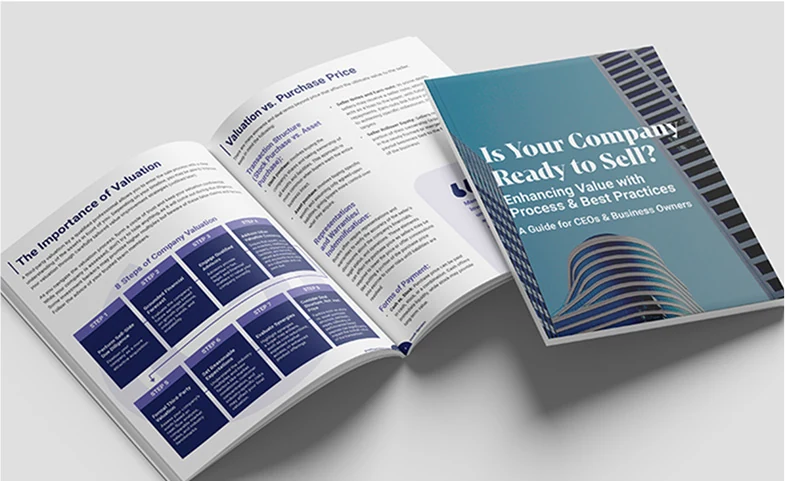It may be the most challenging part of any merger or acquisition, and it has nothing to do with identifying financial issues, ensuring HR compliance, or developing KPIs to reach IRR milestones. It’s merging two, sometimes completely opposite cultures into a functioning business.
Savvy operators know that the best way to avoid the inevitable culture clash during a merger or acquisition, is to identify landmines prior to the actual merger or acquisition. Planning, anticipating employee response, adjusting and building in the ability to shift in real time as unanticipated hurdles arise, are elements of a proven approach. While this sounds logical, it’s a bit more challenging to execute than it sounds. Here, we outline a few key identifiers of a culture clash and best practices on how to solve them.
Your HR team is your ally in this effort, but you might also be merging two completely different HR cultures. Be cognizant of this, don’t set them up for conflict, and consider bringing in an objective, experienced outside HR leader to help guide the company through this process. Doing so can save time and money in the long run. Your outsourced HR executive should demonstrate a track record of success in merging diverse cultures, along with a proven process s/he can articulate and share methodically. Look for a proactive, well thought out approach that fits the culture you envision.
One of the areas where a clash can arise stems from differences in policies and benefits. Left unaddressed prior to a merger, these differences may lead to the impression that some employees are being treated unfairly. For example: The last thing you want is for two employees working next to one another (or closely each week in virtual meetings) who have the same tenure but with different PTO accruals. When they start talking and figure out that differences exist, that negative message spreads throughout the department and across the organization. The result is that not only are employees distracted and less productive, but company loyalty is also negatively impacted at a time when it should be cultivated. This is a factor that impacts all levels of an organization.
You can apply this same tenet to compensation, other benefits beyond PTO, and to performance evaluations. For example: The time to review and standardize performance requirements by job level is well in advance of any year end evaluations, bonuses or promotions. This is intricate work that requires attention to detail and subsequent internal communication on any new requirements, goals or expectations. Resist the temptation to adopt one company’s program over another, if possible. Selecting the best aspects from each company’s process sends a much better message to employees, and typically results in a better program for the company. Be sure to also take into account where you are in the fiscal year. If you are near the end, it may benefit the company to keep two separate programs until the appropriate redesign can be undertaken and rolled out for the next fiscal year. You will need to still pay specific attention to promotions to ensure the criteria align.
Some cultural differences are OK. Each physical location or department likely has its own vibe, and you want to allow that to continue. Remember, you are merging two great companies – you don’t want to diffuse the enthusiasm and the culture that made the merger so attractive in the first place. Look carefully at cultural differences such as requirements around a hybrid work force, and address them quickly and with sensitivity. When employees see that changes are made rationally, are data driven, are for the good of the business overall, and they know that all employees are treated consistently, they are more apt to accept the changes. Understanding where it’s OK to have differences and where it’s not is tricky – that’s where an outside expert can help to identify what to do while minimizing disruption in the organization.
During the integration and for a significant time after, it is important that the executive team remain visible, demonstrating the behavior you want to see from employees. Holding Town Hall meetings where the executive team explains the integration progress made to employees and invites an open Q&A goes a long way to building trust across the organization. Your external HR executive again can help objectively facilitate this cohesion through coaching the executive team, providing observational feedback and checking in with employees.
Integration takes time but pays large dividends when executed properly. Safeguard your investment by seeking out the expertise to help you avoid costly errors resulting in a disengaged workforce.
Why Growth Operators?
Our Human Resources professionals all have experience that stems from operating in corporate businesses. We aren’t career consultants. Our Growth Pros have worked multiple mergers and acquisitions across an array of industries, and know what to watch out for and how to lead an integration. We bring an objective, external perspective and partner quickly to meet your unique business needs.
The best time to get us involved? Before the merger or acquisition is completed. But if you are well down that path and realize you need a bit of assistance, that’s also what we do. Regardless of how large or small your integration issues, we’ll arrive with our sleeves rolled up, ready to dive in to plan and execute. Want to learn more?
Connect with us for a complimentary discussion

